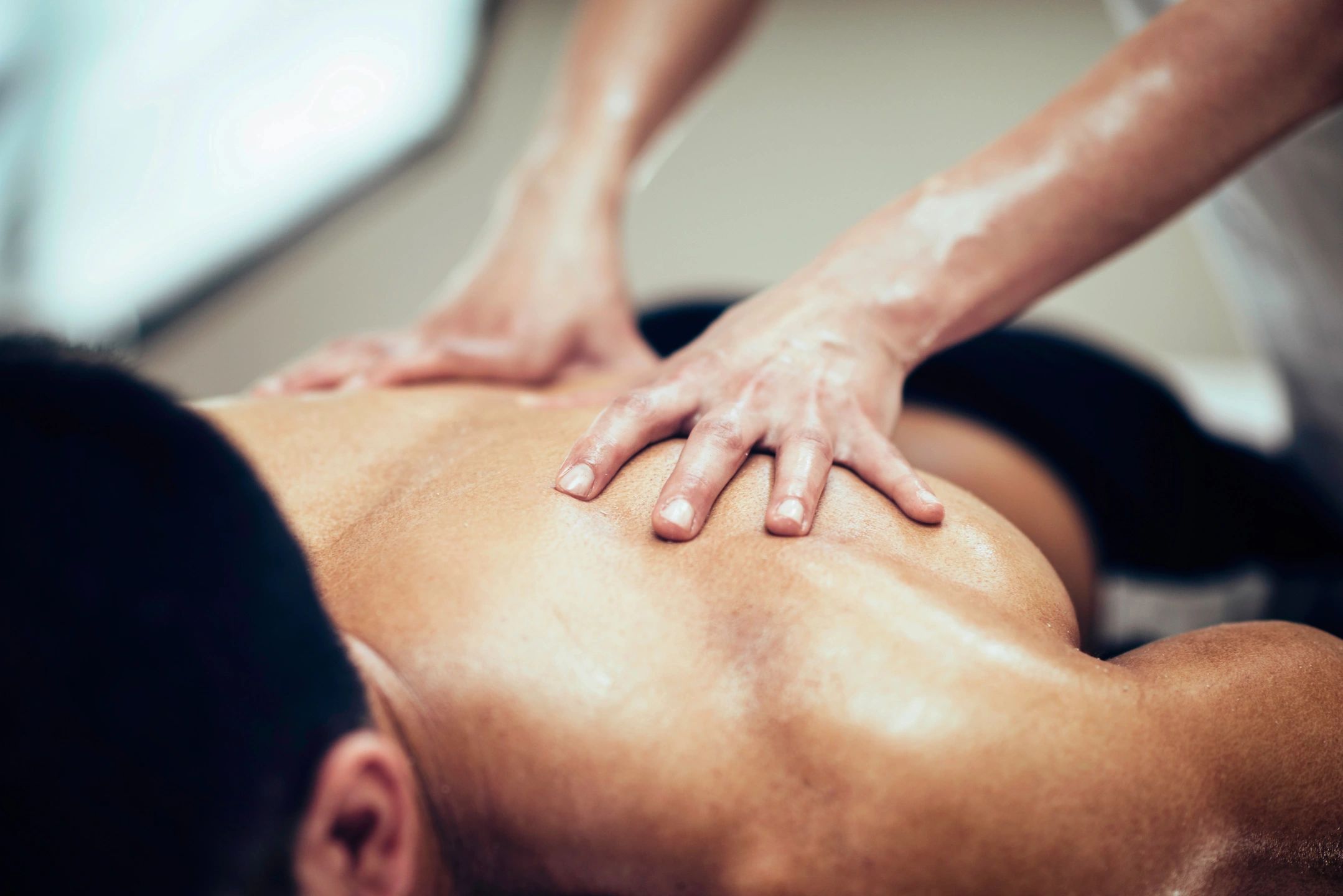Clinicians are taught to mobilize pretty much all components of the movement system from muscles to joints to nerves to fascia. All of these are being mobilized in theory because you cannot actually touch them directly. You only ever touch them indirectly, through the skin. Ironically, mobilizing the skin, the one thing you can directly mobilize, is not taught much, if at all. This is a huge gap in most people’s skillset because the skin is rich in cutaneous nerves which are responsible for much of the pain people have.
Here’s a list of some common areas that are usually related to impaired skin mobility and hypersensitivity of the cutaneous nerves that can be addressed with relatively straightforward hands-on techniques. If you are not a clinician, but rather someone who has pain, then apply these to yourself to eliminate your own pain. Whether you’re doing it yourself or you’re a clinician working with a client, first find a movement that is painful or a tender spot. Next apply the skin glide/mobilization and now re-test the movement or press on the tender spot. If it is no longer painful, or much less painful, then hold the glide for 10 s. Then reset – go back to the start position or stop pressing on tender point – and release glide once reset. Now re-apply glide and perform movement or press tender point again. Go through this process 5-10 times, with a 10 s hold each time. Afterwards, re-test by doing the movement or pressing on the tender point but this time without the skin glide. It should now feel significantly improved. If the first skin glide direction doesn’t work, go ahead and explore other directions until you find one that works.
- Anterior ankle pain – “pinching in the front of the ankle”: Lightly grab the skin an inch or two above your ankle bones and then twist to gently mobilize the skin. Usually it will feel best to twist inward but try both ways. Hold this position while then stretching the calf. Try this same position with calf raises.
- Anterior knee – knee pain going down stairs: Place one hand on top of the knee and gently move skin towards the foot, almost like you’re trying to slide the knee cap down the leg. Apply this while bending and straightening the knee, while contracting the quad (tightening your thigh), and while going down stairs (will require someone else to apply the skin mobilization).
- Lateral thigh – “IT band pain”: Glide the skin of the outside of the thigh, usually down towards the knee/foot. This can be accomplished by using a hand to slide skin towards the foot or by having someone else wrap their hands around your thigh above the knee or even as far down as the ankle and then gently pulling the skin towards the foot. Other directions that sometimes are helpful are twisting the skin inward or outward as well as moving skin upward by starting with a hand at the hip and lifting towards the head. Once the glide has been applied, perform side leg lifts.
- Local low back pain: First find a point on the back that feels tender to the touch. Keep one hand above this spot and use the other hand to gently glide the skin next to it in any other direction. Then press on the tender point and assess how tender it is. Try multiple different skin glide directions until you find the one that feels the most comfortable. You can work through multiple different tender spots in the back. Generally, there will be several tender points that need to be resolved before significant relief is accomplished.
- Neck pain when turning head: Place one hand on the back of the neck and glide the skin rotationally around the neck. If you are applying this yourself, just place your hand on your neck then relax your arm down so that the weight of your arm naturally applies the glide. Holding this mobilization, then rotate your head. Generally, one glide direction and one head rotation direction combination will feel the best. Once you find what works, do 5-10 reps of 10 second holds. If gliding and rotating the head both feel best in the same direction but your hand gets in the way of rotating your head, you can use the opposite hand by reaching across your body to apply the glide.
- Headaches: First try the neck pain mobilizations because many headaches come from the neck. For some direct work, you can address the skin of the scalp. This can be done by placing both hands on the top of the head and then ‘lifting’ the skin upwards. Sometimes it helps to interlace your fingers to give you leverage to lift upwards. You can also actually lightly pull on the hair to mobilize the scalp.

